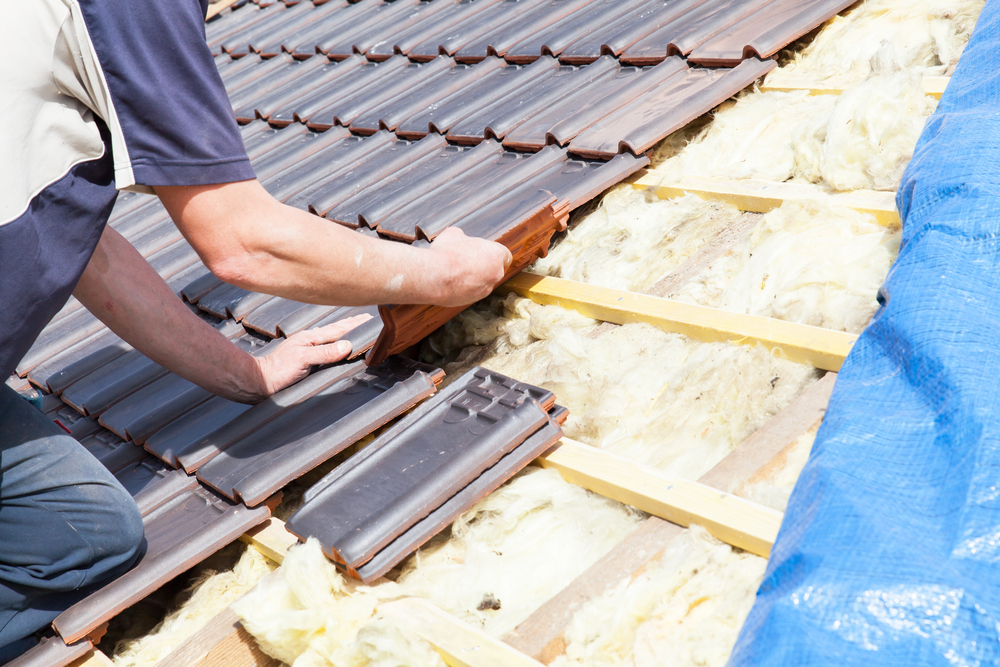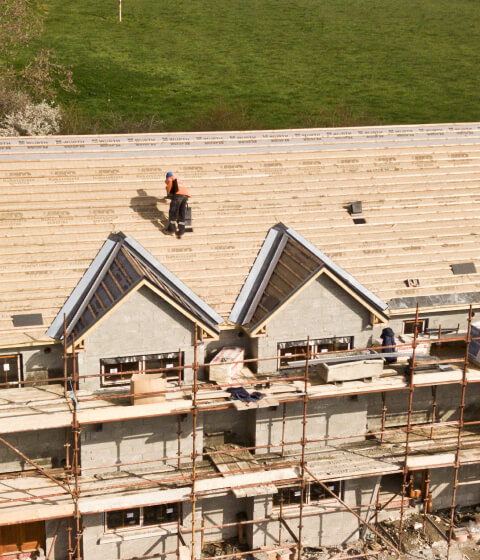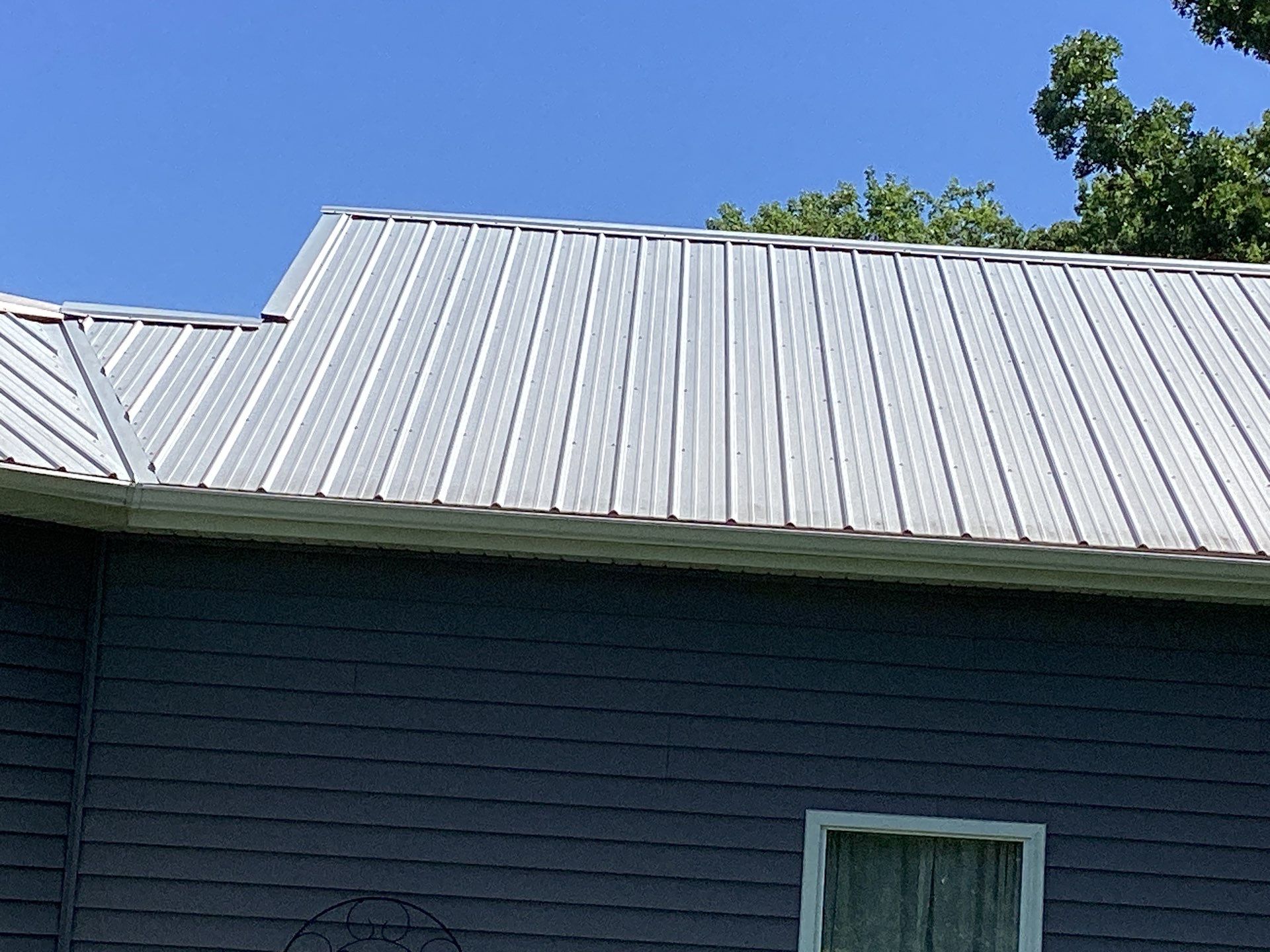The weight a roof can hold is an important factor in ensuring the safety and integrity of a structure. This article will explore what precisely is involved when determining how much weight a roof can hold, as well as provide some general guidelines for those looking to estimate their own roofs’ capacities. Furthermore, this article will also discuss other factors that must be considered when evaluating the load carrying capacity of a roof. By understanding these considerations, readers should be able to make more informed decisions about the stability and strength of their roofing systems.
Weight has always been an integral part of building design and construction, especially when it comes to roofs. The question then becomes: What exactly determines how much weight a particular roof can support? Generally speaking, there are several different factors at play here; firstly, the materials used in constructing the roof need to be taken into account. Different types of materials have varying levels of durability and strength which directly affects its ability to carry loads safely. Additionally, environmental conditions such as wind speed and snowfall can add additional strain on roofs during certain times of year or storms.
Types Of Roof Structures

Roof structures vary in complexity and load-bearing capacity. Common types of roofs include flat, gabled, hip, gambrel, shed, dome and butterfly. Flat roofs are the simplest to construct and are most often used on commercial buildings. They typically lack insulation but can be covered with a waterproof material such as tar or rubberized asphalt. Gabled roofs feature two sloping sides that meet at the peak of the roof in a triangular shape known as a gable end. This type of roof is commonly found on residential homes. Hip roofs have four sloping sides that all meet at one ridge line running from side to side; this makes them more efficient for shedding water than other types of roofs.
Gambrel roofs also have two slopes on each side, however they feature steeper angles near the top before curving down towards the eaves. Shed roofs slope downwards in just one direction and may not be suitable for areas prone to heavy snowfall due to their low pitch angle. Domes consist of an arched structure made from bricks or concrete which creates a round profile when viewed from above while butterfly style roofs fan outwards symmetrically like wings across either side of its central point at the apex. The amount of weight these different kinds of roof structures can hold depends largely on their design and construction materials used.
Calculating Load-Bearing Capacity
The load-bearing capacity of a roof is determined by the strength of its structure. Factors such as the type and thickness of material used, the design specifications for construction, and soil conditions all contribute to how much weight a roof can safely support. It is important to note that the maximum load on a given area should not exceed 1/20th of the total unsupported span or length in any direction. Additionally, it is recommended that an engineer calculate the specific load-bearing capacity of a building’s roof before placing any heavy objects on it. This calculation takes into account factors such as wind pressure, snow loads, seismic activity, water pressure from rain and other elements related to climate. By doing so, potential problems can be avoided when adding extra weight onto roofs with an already existing load.
Building Code Requirements
In order to understand the load-bearing capacity of a roof, it is essential to consider building code requirements. Building codes are regulations established by local governments that must be followed for any construction project related to public safety and health. These regulations help ensure that buildings are designed and built in a way that will protect occupants from harm or injury due to hazardous conditions such as structural failure. Roofs must meet certain load requirements set out in the building code before they can be approved for installation.
This means that the size, weight, and shape of the roof must all comply with these regulations in order to hold its intended load safely. Additionally, some locales may require additional inspections or tests prior to allowing a roof’s installation in order to guarantee its ability to withstand heavy loads without damage. As such, it is important for builders and homeowners alike to familiarize themselves with their local building codes prior to beginning any new construction projects involving roofs so as not to risk noncompliance penalties or other sanctions.
Design Considerations
When determining how much weight a roof can hold, design considerations are important. Depending on the type of roof structure, different materials and designs could affect its loading capacity. For instance, lightweight roofs built from aluminum or steel may not be able to support as much load as heavier pitched roofs constructed with wood or concrete tiles. Additionally, factors like climate conditions should be taken into account when designing a roof’s load-bearing capacity; extreme temperatures and precipitation can cause additional strain on the structure.
Furthermore, any additional systems installed, such as solar panels or antennae, must also be accounted for in order to determine an accurate assessment of the roof’s potential load bearing capability. In short, it is essential that all necessary components and environmental influences are considered when calculating the maximum weight limit of a given roof.
Factors Affecting Weight Capacity

When designing a roof, it is important to consider the amount of weight it can safely hold. The weight capacity of a roof depends on several factors, including its material composition and structural design.
The first factor affecting the strength of a roof is the type of materials used for construction. For instance, steel roofs are exceptionally strong due to their superior load-bearing capacity when compared with other materials such as wood or plastic. Additionally, steel has high durability and long service life which makes them an excellent choice for heavily loaded structures like warehouses or industrial buildings. On the other hand, wooden roofs may not be able to support heavy loads but they offer good insulation value against extreme temperatures and weather conditions.
Another important factor in determining the weight capacity of a roof is its structural design. This includes features such as rafter spacing, slope angle and pitch, beam size and span length which all have an impact on how much pressure a structure can withstand without collapsing or being damaged by wind uplift forces. It is also necessary to make sure that all components are securely fastened together so that the overall integrity of the structure remains intact under higher than normal loadings. Properly designed roofs should provide adequate protection from external stressors while still providing sufficient space inside for activities within the building itself.
Potential Damage From Overloading
The ability of a roof to hold weight varies according to the material and construction used. Generally, roofs are designed for snow loads or live loads that do not exceed 10 pounds per square foot. Exceeding this can cause serious damage such as sagging rafters, broken trusses, and cracked shingles. Structural deficiencies may also be caused by overloading, including inadequate bracing and insufficient sheathing materials. These structural problems could eventually lead to complete collapse if not addressed quickly. Signs of potential overload include large bulges in ceilings or walls, cracking sounds coming from the attic area, and noticeable deflection when walking on upper floors. If any of these signs are present it is important to seek professional help immediately in order to assess the strength capacity of the structure before further damage occurs.
Professional Evaluation
The capacity of a roof to hold weight is dependent on several factors. Structural elements such as the type and size of rafters, trusses, or joists must be considered for safe load-bearing requirements. Additionally, appropriate connections between building components are necessary to ensure that any imposed loads will not cause failure or collapse of the roof structure. In order to evaluate how much weight a roof can safely hold, it is highly recommended that an experienced professional inspects the existing construction materials and calculates their strength capabilities. This could include a structural engineer or architect who specializes in residential construction practices. Such professionals would have access to specialized tools needed to complete comprehensive calculations and evaluations concerning what kind of loads the roof should bear under normal conditions. The results of this evaluation will determine if additional strengthening measures need to be taken in order to make sure that the roof can support its intended purpose without compromising safety standards.









